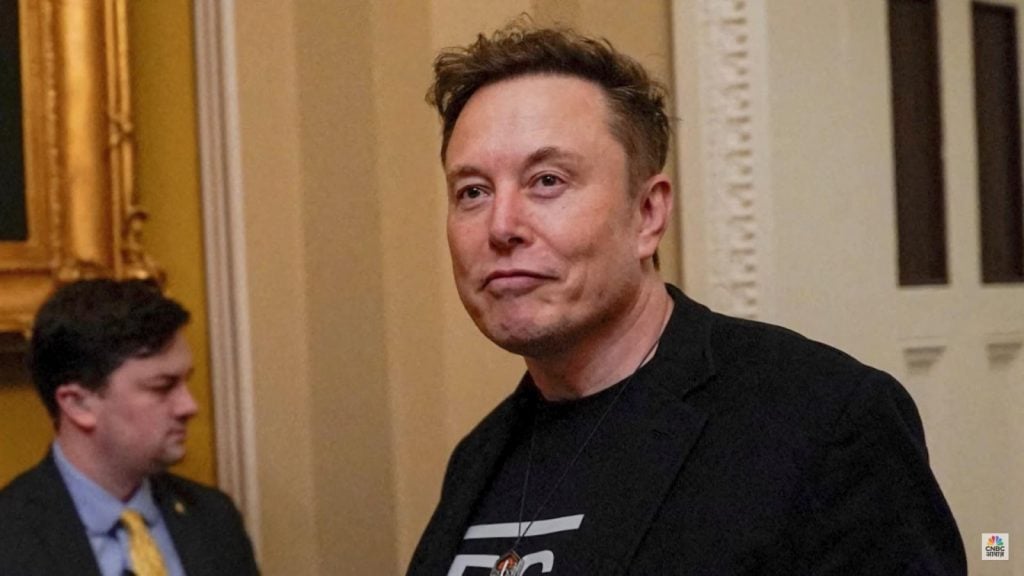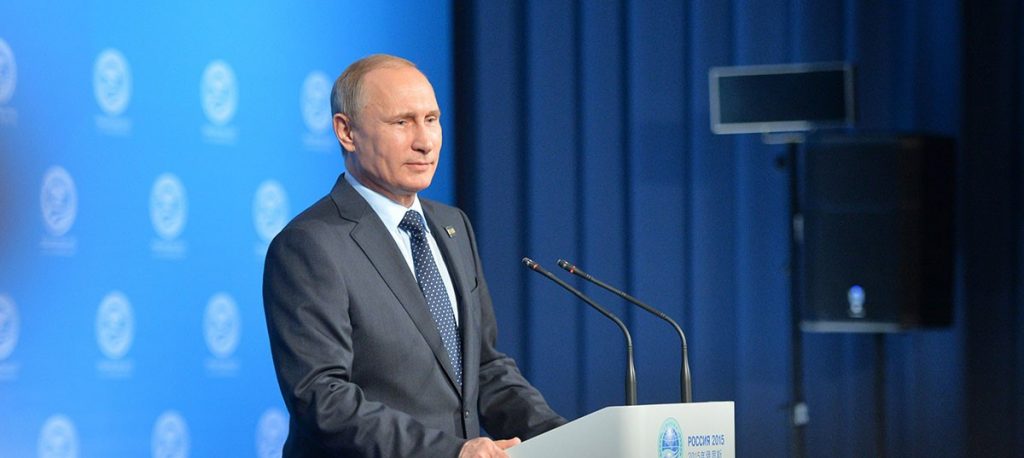NATO Nation to Deploy Troops to Ukraine for War Training, Russia Issues Target Warning
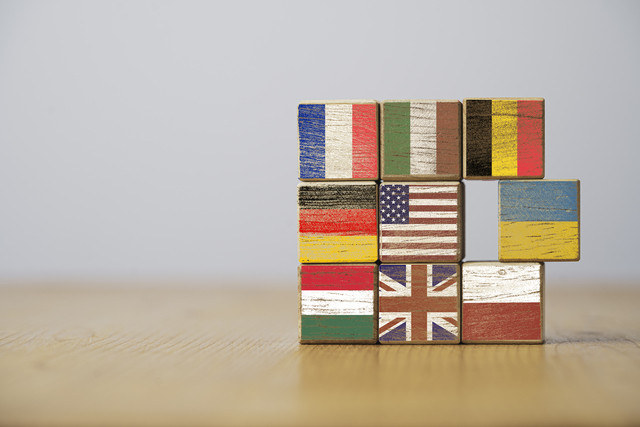
Why did Denmark decide to send Danish Troops to Ukraine for drone warfare training? How will this impact NATO’s strategy in the ongoing conflict?
Denmark, a small European nation, is stepping into the heart of a global conflict to learn cutting-edge warfare tactics. It is planning to do just that by sending soldiers to Ukraine for drone training.
This decision has sparked heated reactions, especially from Russia, which calls it a dangerous move.
What does this mean for Denmark, Ukraine, and the world? Let’s dive into the details.
Danish Troops Will Go to Ukraine to Learn Drone Warfare

Denmark’s military leader, Major General Peter Boysen, announced that the country wants to send unarmed soldiers to Ukraine to study drone warfare tactics.
These short training sessions, possibly starting this summer, would take place in western Ukraine, far from the front lines.
Boysen emphasized that the soldiers would not fight but would observe how Ukrainian forces use drones effectively.
He noted that drones account for over 70% of Ukrainian kills against Russian forces, making this knowledge critical for modern warfare.
Denmark sees Ukraine as a real-world classroom for learning advanced combat skills. The Danish Ministry of Defence clarified that no final decision has been made, but the idea came from discussions with Ukrainian commanders earlier this year.
Russia’s Strong Warning
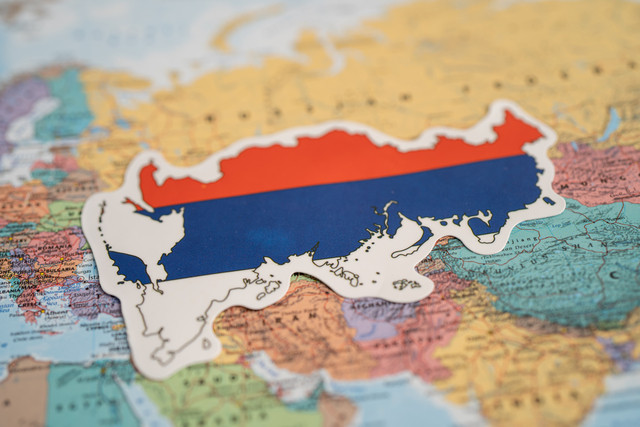
Russia is not happy about Denmark’s plan. The Russian Embassy in Denmark called it a “provocative act” that could harm efforts to find a peaceful solution to the Ukraine conflict.
Russian Ambassador Vladimir Barbin warned that Danish soldiers in Ukraine, even if unarmed, could be seen as “legitimate targets” by Russian forces.
He stated that military facilities, including training centers, are fair game in Russia’s view. This sharp response raises fears of escalation, as Russia views NATO’s involvement in Ukraine as a direct challenge.
The warning has put Denmark in a tough spot, balancing its desire to gain military expertise with the risk of provoking a powerful adversary.
Global Implications and Russia-NATO Tensions
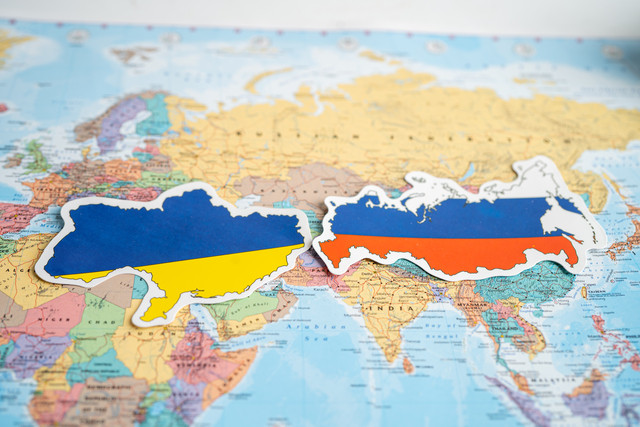
Denmark’s move could set a precedent for other NATO countries. While several NATO members have trained Ukrainian soldiers abroad, sending troops to Ukraine for training is rare.
This step shows how the Ukraine conflict is reshaping modern warfare, with drones playing a central role.
Ukrainian officials have warned that European armies, including NATO’s, are not fully prepared for drone-heavy battles, making Denmark’s initiative timely.
However, it also highlights tensions within NATO, as some allies hesitate to deepen involvement due to fears of Russian retaliation. The U.S., for instance, has distanced itself from sending troops to Ukraine, focusing instead on economic ties.
Denmark’s decision could inspire others or widen the rift between NATO members with differing views on the conflict.
In conclusion, Denmark’s plan to train soldiers in Ukraine is a bold but risky move. It aims to boost military skills but has drawn Russia’s ire, raising the stakes in an already tense conflict.
As the world watches, the outcome could shape NATO’s approach and the future of warfare. Will Denmark proceed, and what will Russia do next? These questions keep the global community on edge.
You might also want to read: Russia Reports Destroying 46 Ukrainian Drones Overnight
